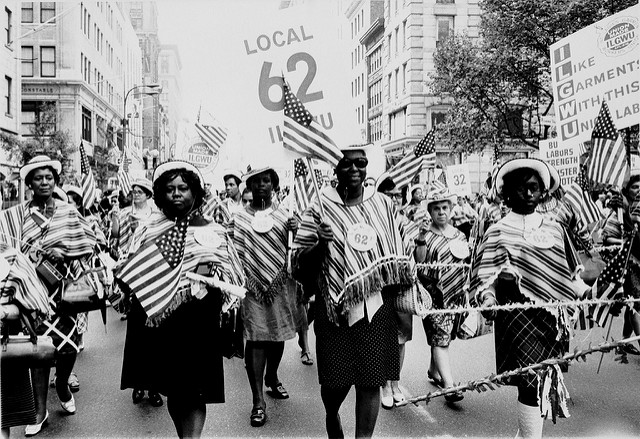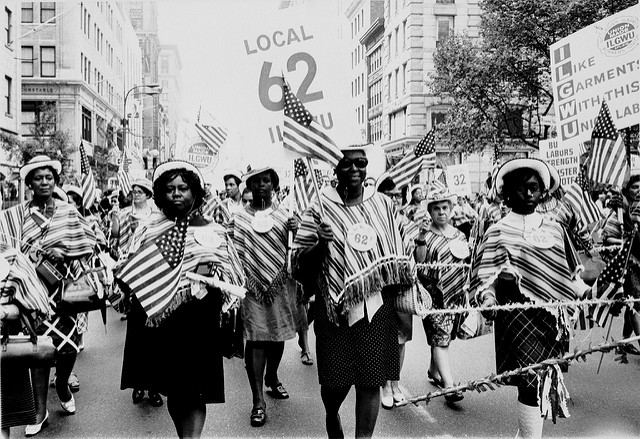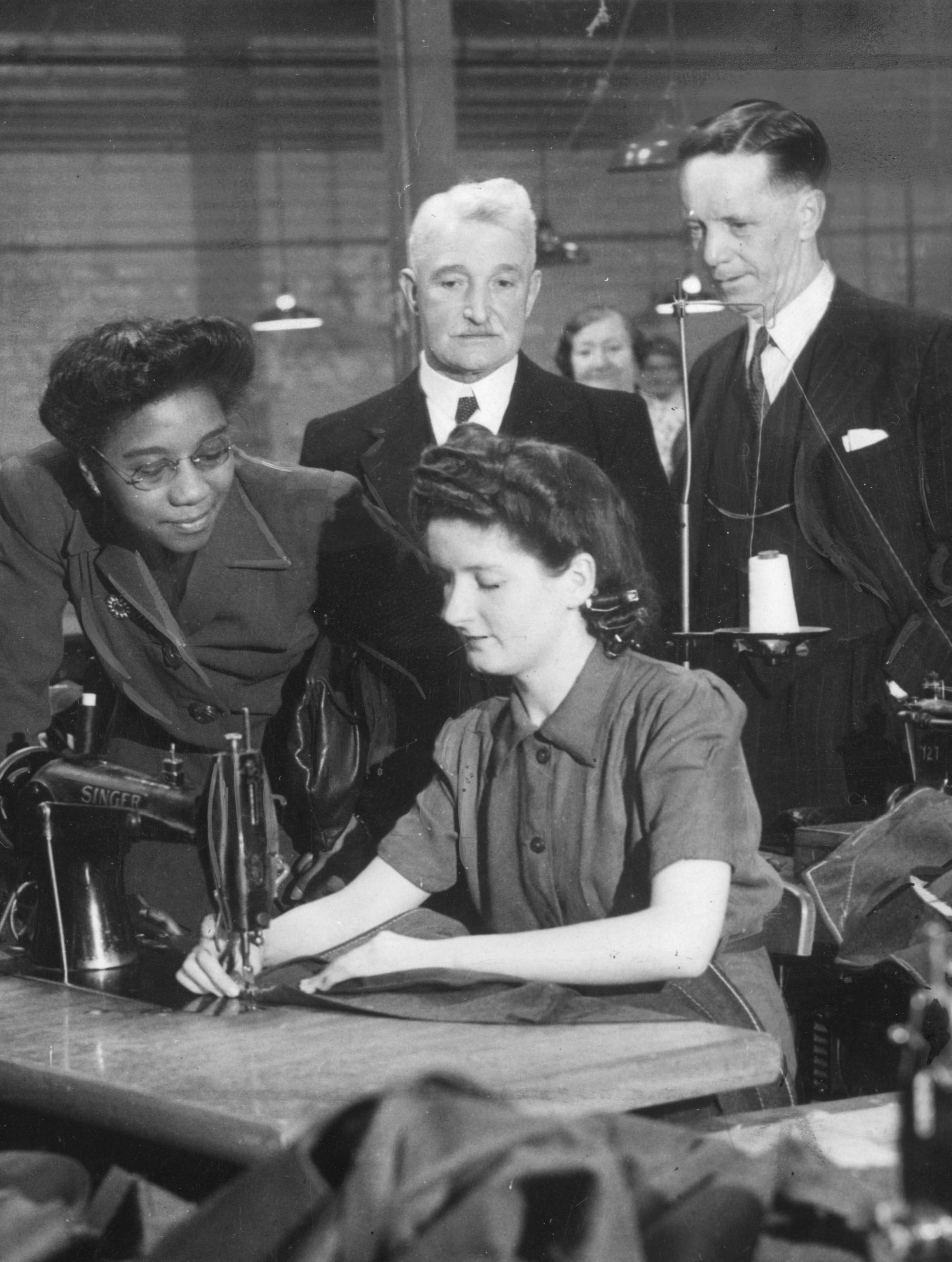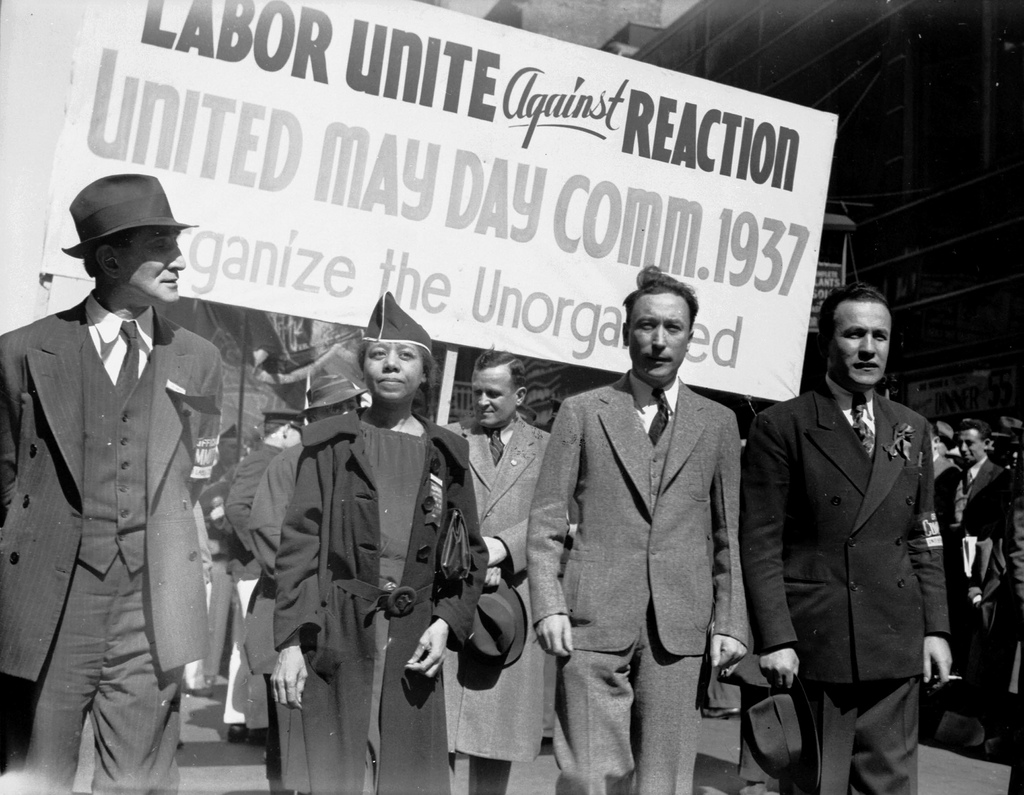
Good Morning POU!

Happy Labor Day!

(The following article appeared in USA Today, Feb 13, 2017)
Unions owe debt to black women
In the depths of the Great Depression, thousands of minority women across the country joined the International Ladies’ Garment Workers’ Union. Among the most active — and today largely forgotten — members were the women of Local 22 in New York City.
Black women such as Eldica Riley, Lillian Gaskin and Maida Springer-Kemp were on the front lines in the fight against management abuses in garment shops and racial discrimination within the union. Historians say their efforts attracted tens of thousands of African Americans and Hispanics to unions and laid the groundwork for the peak of the civil rights movement.

“These stories of black women have been overshadowed,” says Janette Gayle, a history professor at Hobart and William Smith Colleges in New York.
Gayle knows because she has spent three summers looking for their stories, sifting through Cornell University’s ILGWU archives while researching a book on the union’s black women pioneers.
Take Gaskin, a member of Local 22. She was sent to Chicago in 1935 to organize black women, who feared retaliation from their employers even though recently passed laws protected workers who organized.
In less than seven months, Gaskin had mobilized the most sympathetic workers, setting up meetings for them. Then she was pulled from the project.
The first — and only — account Gayle found of this was in a letter Gaskin wrote to Local 22 manager Charles Zimmerman, complaining that the union had sent her in to do the hard and potentially dangerous work, then shut her out. “I feel that I am being used as a cat’s paw,” she wrote.
“That encapsulates what, on the whole, some black women leaders were feeling in the ILGWU,” Gayle says, “like they were being used.”
Other organizers’ names appear in footnotes or excerpts. A 1937 clipping from the Pittsburgh Courier quotes Zimmerman praising the diversity in Local 22, a predominantly black chapter. By then, there were several women of color on the executive board, including Riley, Ethel Atwell and Bertha Edgecombe.
But for Zimmerman, that was a sign that the ILGWU was “above race,” and the union wasn’t always quick to respond to concerns about racial discrimination. Riley and another black unionist, Edith Ransom, used their training at the ILGWU to help build Harlem’s Negro Labor Committee, which advocated for black workers.

They worked to outlaw forms of job discrimination nationwide. Riley and Ransom joined A. Phillip Randolph in the 1940s March on Washington Movement, the precursor to the 1963 March on Washington. The earlier march, set for summer of 1941, was canceled once they convinced President Franklin Roosevelt to issue an executive order banning hiring discrimination in federal training programs and contract positions.
Springer-Kemp, a Panama-born garment worker who became a renowned international labor organizer, wasn’t given her due until recent decades, says her biographer, historian Yevette Richards Jordan. Springer-Kemp, who joined the union in 1933, became the first black agent to oversee an ILGWU district. Among other leadership roles, she served as educational director in another New York Local, 132.
Springer-Kemp used her role to push for integration at union events. When asked to organize a drive for the war effort in 1942, she scheduled one in Chinatown for people of all backgrounds.
“We organized a blood bank with black and white workers laying table by table, giving blood because the Chinese didn’t ask what color blood it was,” Springer-Kemp said, according to Daniel Katz’s book All Together Different.
“She was one of the early leaders, who was a strong advocate for unionism and civil rights,” says Jordan, who teaches at George Mason University. “She saw those two movements in tandem.”
They weren’t always so closely aligned, but the road to equality has been a little less bumpy because of Local 22’s first generation of women of color.
This eleven-minute documentary describes the highlights of Maida Springer Kemp’s life, from 1910 to 2005. The video was screened at her memorial service at the United Nations Church Center in the spring of 2005.
